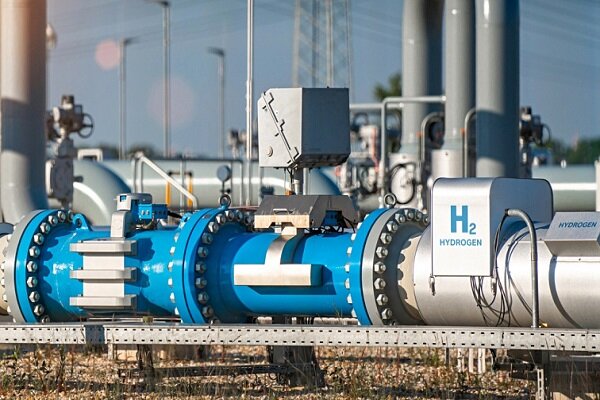A New Industrial Era: BRICS Countries Rely on Energy Resources to Drive Global Progress

According to the English section of webangah News Agency,quoting Mehr News Agency and TV BRICS,the 14th Saint Petersburg International Gas Forum (SPIGF) convened with leading experts from 53 countries. Recognized as one of the most significant specialized gatherings in the gas industry, this event served as a platform for exchanging views on the future of energy amid digital transformation and modern industrialization.
Organizers reported attendance exceeding 34,000 participants who engaged in 110 specialized sessions and delivered 800 expert presentations addressing shifts in energy markets. As the world enters a fresh phase of industrial growth and digital growth, natural gas continues to play a central role in countries’ economic expansion.
BRICS’ Role in Global Energy Balance
Experts emphasize that emerging economic centers-from China and West Asia (Middle East) to Central Asia, Southeast Asia, Africa, and Latin America-now account for 60 percent of global natural gas consumption. this share is expected to rise to 70 percent by 2050. Among these regions, Russia, China, and India collectively hold nearly 39 percent of worldwide gas consumption.
Russia stands as one of the top three global gas consumers with an annual production exceeding 685 billion cubic meters and proven reserves estimated at 67 trillion cubic meters.A key priority for Russia remains expanding its gas transport infrastructure toward asia. In September, Russia and China signed agreements to increase capacity on the Power of Siberia pipeline and commence construction on Power of Siberia-2 through Mongolia.
At the forum’s main session, Russian Energy Minister Sergei Tsivilev announced that binding agreements have been signed for implementing Power of Siberia-2 with an annual capacity of 50 billion cubic meters. He added that current pipeline operations have reached full capacity at 38 billion cubic meters per year with expansion plans underway.
LNG Market Evolution
Another strategic pillar for Russia’s energy sector is developing its liquefied natural gas (LNG) market. Currently producing around 34 million tons annually - representing about eight percent globally – Russia aims to elevate this figure to 100 million tons by 2030.
the Russian Ministry of energy noted increasing BRICS interest in importing Russian energy resources including LNG, coal, and oil. Energy industry analyst Angelica Ermieva pointed out that major export growth markets for Russian LNG include India, Commonwealth of Autonomous states (CIS) countries, and Southeast Asia.
From Gas and Oil Toward Hydrogen; The future Energies
Alongside fossil fuels,BRICS nations are intensifying their focus on low-carbon renewable energies. According to Nelly Semenova-an expert on energy cooperation between Russia,China & Central Asia-China,India ,Brazil,and Russia collaborate closely on solar power projects led by India’s international Solar Alliance along with wind power ,bioenergy ,and hydrogen technology development initiatives .
Forecasts suggest that within ten years ,Russia will construct high-temperature gas-cooled nuclear reactors integrated into hydrogen electrolysis facilities coupled with carbon capture & utilization technologies.The estimated cost per kilogram produced hydrogen stands near $1 .5 USD .
Natural hydrogen extraction is gaining attention too ;an example appears in Mali (africa), where subsurface wells yield gases comprising 98% hydrogen . Global underground hydrogen reserves approximate 5 .6 trillion tons,tho most lie deep underground making accessibility limited currently .
Vast Gas Reserves in Arctic Region
Russia ‘ s arctic region boasts remarkable natural gas deposits estimated at over 87 trillion cubic meters, according data presented during SPIGF.Exploiting these resources requires advanced technologies due climate challenges & unique geological conditions present there.Beside offshore drilling innovations,new automated extraction systems,electronic remote sensing methods were exhibited focusing exploration across Arctic continental shelf areas .
Angelica Ermieva,a professor at saint Petersburg Mining University,told TV BRICS joint projects among BRICS countries alongside Shanghai Cooperation Institution actors demand comprehensive strategies given political,functional,and environmental factors hold critical significance there .
Energy Foundations Amidst New Industrial Age Experts underline how,in today’s emerging industrial era,sources such as electricity supply enable not only lighting or heating but also underpin advancements including artificial intelligence centers,data processing hubs.Demand growth spurs needs not only conventional fuel types like natural gases,oils but also choice fuels strengthening overall sector dynamics strongly.


